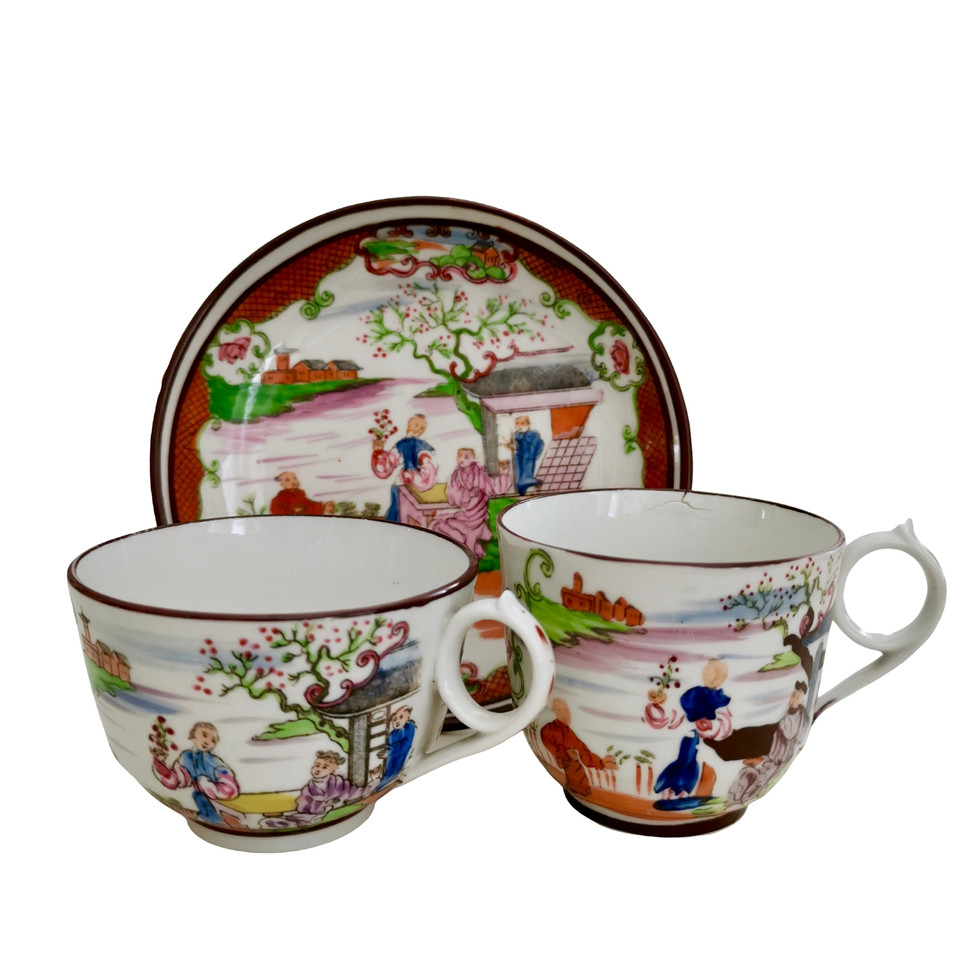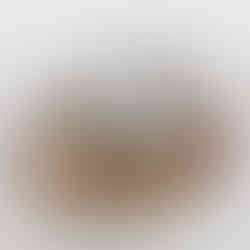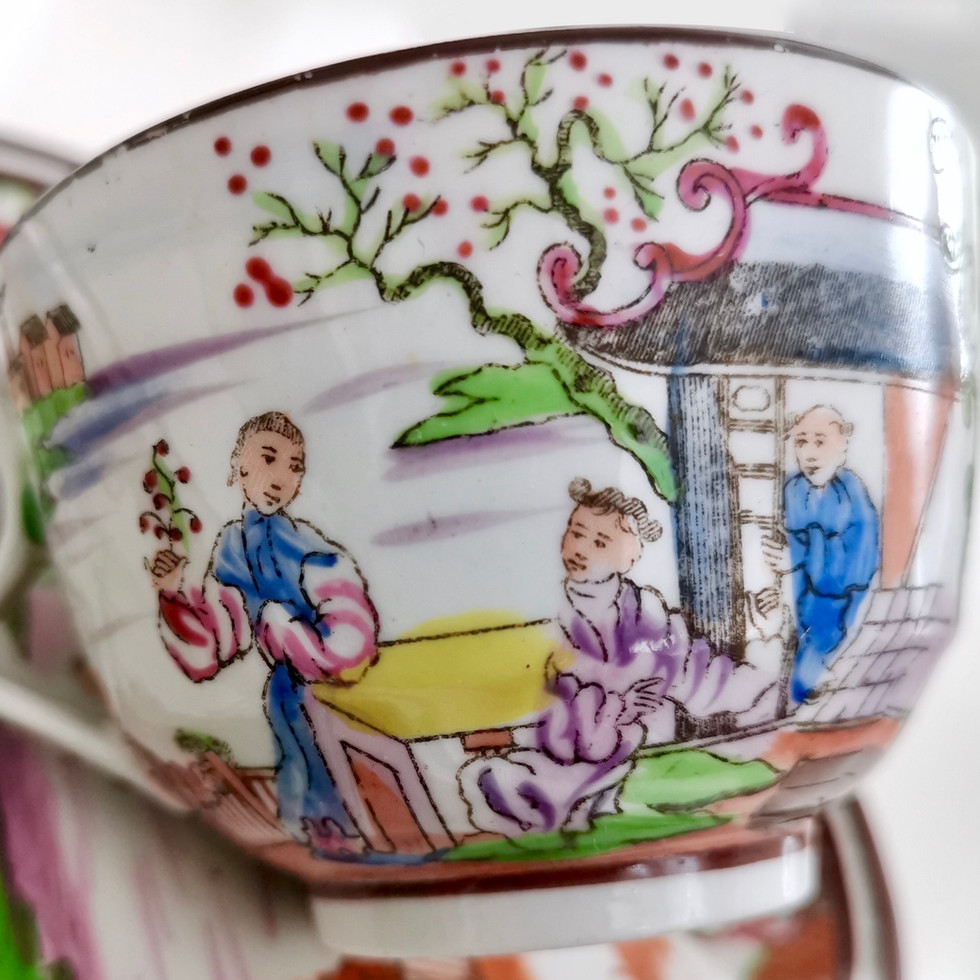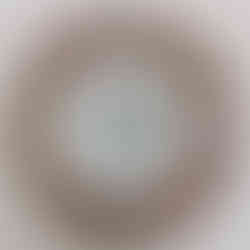Boy at the Door
- willa
- May 22, 2020
- 3 min read
In these last few weeks quite a few pieces found their way to me that were made in England in the late 18th or early 19th Century, but had been inspired by Oriental porcelain. Here I am showing a very wonderful "true trio" with the famous "Boy at the Door" pattern, made by Miles Mason around 1805.
A true trio is how cups and saucers were sold in the late 18th and early 19th Century: as you would never drink tea and coffee at the same time, why invest in an extra saucer? So the teacup and coffee cup share the same saucer.
Miles Mason was one of the early ones of the second wave of British porcelain makers, alongside Spode and others. Mason was a prominent porcelain retailer in London at the time that most porcelain came from China, imported by the East India Company. In 1791, due to persistent racketeering by Mason and his fellow dealers at the porcelain auctions, all porcelain import from China was stopped. Mason seized the opportunity to begin to experiment in making his own porcelain. By the early 1800s, he had developed both very strong ironstone and an early form of bone china. Mason copied the Chinese designs he used to import and became famous for large Chinoiserie dinner and dessert wares made of "Patent Ironstone". This trio would have been part of a large porcelain tea service. It is made of very fine early porcelain that is slightly greyish, and it is decorated with a very charming Chinoiserie pattern called "Boy at the Door". A woman is seated at a table with one boy offering her flowers, a little boy watching nearby, and another boy standing in the doorway of a pagoda behind her. The garden scene is idyllic and across the river you can see some large buildings that look quite Western - it could be one of the trading posts, which were often depicted on Chinese Export porcelain as well as the early English Chinoiserie patterns.
This pattern has been done in several variations by many factories; the most famous one by New Hall, called "Boy in the Window" with the boy peeking out of an open window. In each version (Worcester, Grainger, Herculaneum and several others) the scene is different and the boys and their mother are engaged in different pursuits, from writing to playing with a bird. These Chinoiserie patterns were often made because some of the more conservative British public didn't warm immediately to the newfangled English patterns, but wanted to see the same decorations they had been used to until the mid 1790s, when the porcelain import from China came to an end. So British porcelain artists scrambled to copy the old Chinese patterns and create new ones. This particular pattern probably was never one original Chinese pattern; it is more likely that several elements of popular Chinese patterns were thrown together and each factory made their own version, which then acquired the names afterwards.
There is much more to see: the rims of the saucer are wonderfully painted in brown in the Chinese "famille rose" pattern with Rococo scroll reserves with the river landscape. There is another wonderful green green and pink detail on the cups. All three items are finished with a brown rim; there is no gilt. What is interesting about the painting style is that the saucer and teacup have been painted very precisely in a clear attempt to imitate the Chinese free-flowing style, but as usual looking a little more studied as English painters didn't have the same skill to paint freely. However, the coffee cup was either painted by an apprentice with less skill, or perhaps it simply wasn't finished as most faces have no mouth, eyes or nose, and the tree has no definition. These cups would belong to huge tea services that were often ordered on a deadline, so it could have been rushed through by leaving it to an apprentice, or leaving it unfinished altogether.
Another nice detail is that while you can tell that the artists really tried to paint Chinese figures, they have very English faces. In those days, ordinary English people would have never seen an oriental face in their lives, so they would have no idea how to paint one. You can find this beautiful item here in my shop. You can see all my cups and saucers here, and if you always want to see the latest additions, follow me on Instagram... I post pictures and a story every single day 🌸⛩🌸
Happy weekend, give someone some flowers - and #stayathome ! 🏡
This week's new treasures:






































































Comments